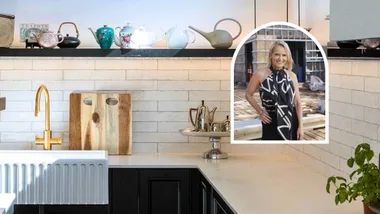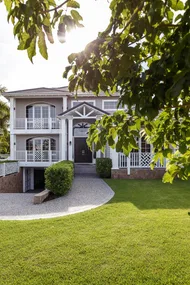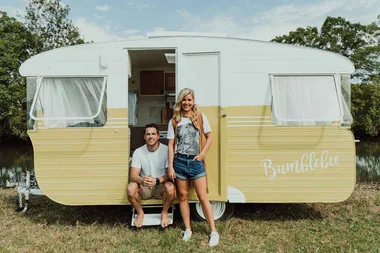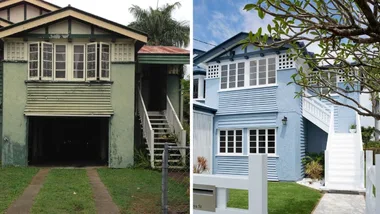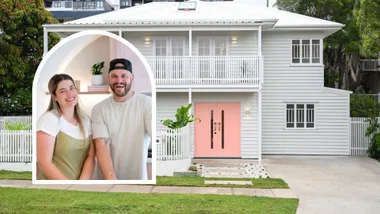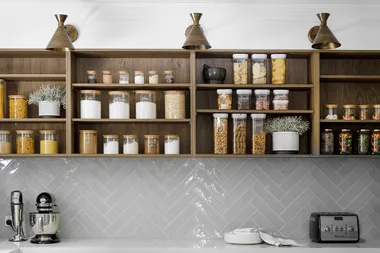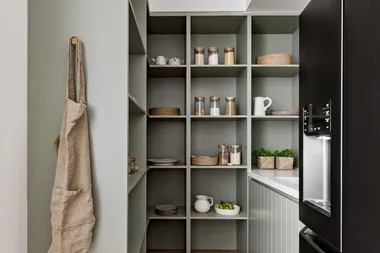Not only a place to store non-perishable food, the humble pantry cupboard can be one of the hardest working spaces in your home, helping keep your kitchen clean, tidy and clutter-free. And with the prospect of guests to cater for, you’ll want to be fully stocked without having piles of snacks and extra supplies on benchtops and falling out of overstuffed cupboards.
Connect with trusted tradies. Receive instant quotes for your next job with hipages.

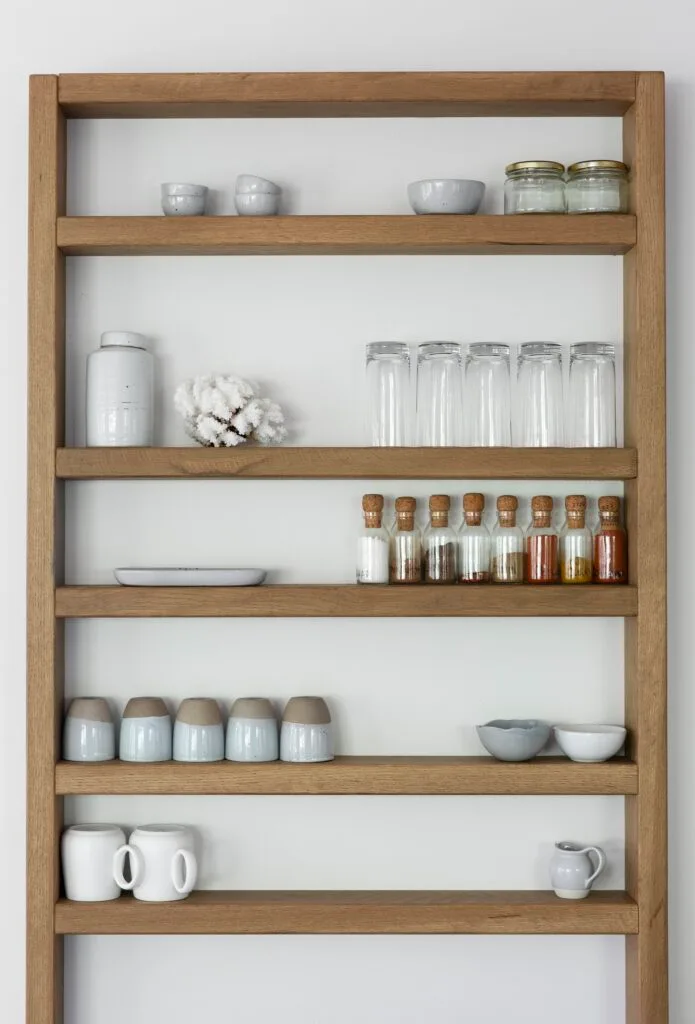
“In a well-functioning kitchen, the pantry will serve as the main storage hub,” says Briony Mikrou, marketing communications manager for Kaboodle Kitchen. “It’s where you keep everyday items out of sight but within arm’s reach, and in some instances, a place to store appliances and get food prep done.”
With so many design options – from butler’s pantries to simple kitchen shelves – choosing the right pantry can feel daunting. To take the guesswork out of your kitchen pantry renovation, our experts have a few handy tips.
1. Choose your pantry type
Pantries come in many different shapes, sizes and formats, and can be as simple as a series of floating shelves, a steel shelving unit – or even a cupboard under the stairs. Often, the size of your kitchen will dictate the pantry type you can have, although, of course, the options increase when you are renovating or building a home from scratch.
The traditional freestanding pantry is a cupboard or cabinet that can be easily integrated within existing cabinetry, either concealed or hidden. It might include shelves, drawers, baskets, racks or a combination of all of these. They’re ideal for smaller kitchens, but as Briony points out, “With some savvy thinking, you can store everyday appliances, pantry items and even cutlery in a freestanding pantry.”
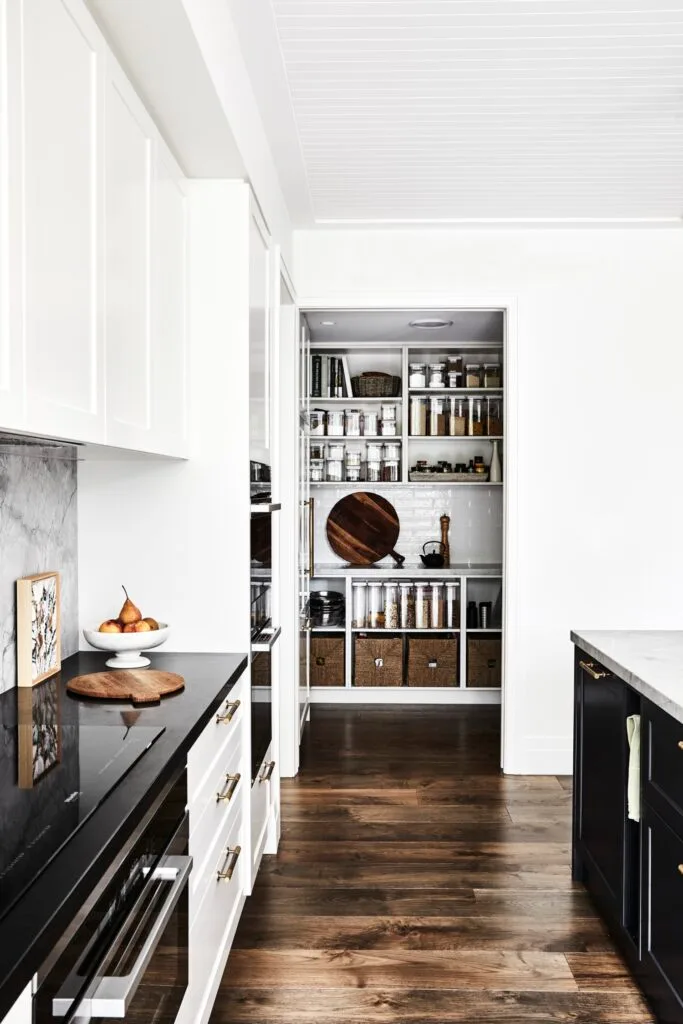
If you’re after something larger, walk-in pantries make good use of small rooms off the kitchen or awkward corner areas. As the name suggests, you step into them, and the contents are usually displayed on shelving either side. Keep a stepladder handy to reach upper shelves.
“Colour is a big thing. I always ensure the colour links from the kitchen to the pantry, and the benchtops stay the same… it connects the spaces.”
Lauren Mahoney, Studio Trio

In open-plan spaces, a butler’s pantry, or scullery, can serve as an extra prep space or a secondary cooking zone. With additional bench space, room for appliances and washing-up facilities, it’s easy to see why they’re so popular.
“Butler’s pantries are ideal if you have a family or entertain often, as you can use the area as an additional storage hub and food-prep space,” Briony says. In this concealed space, you can opt for more budget-friendly finishes like melamine cabinetry carcasses, open shelving and laminate on benchtops.
2. Planning your pantry
When designing a pantry, think about how you like to cook and what you need to store. According to interior designer Lauren Mahoney from Studio Trio, adjustable shelves are a must. “Adjustable shelves allow you to move items to different heights and utilise every inch of space,” she explains.
In her kitchen designs, Lauren likes to include baskets for onions and potatoes – “Häfele makes a great system of wicker joinery baskets on runners to store these items,” she says – and bespoke platter racks. “They’re equally spaced, thick shelves with brass rails, affixed to a wall or back of a door – great for holding cheese boards, platters and serving dishes,” Lauren explains.

For new and existing pantries, companies like Blum, Häfele and Tansel offer a range of space-savvy storage solutions, such as wire shelf helpers for a second tier of storage, rotating units for corner cabinets, pull-out drawers and slender pull-out pantries that are viewable and accessible on both sides. Lauren swears by the Blum Space Tower for small kitchens. “It’s a series of high-sided, extension drawers with glass sides, which makes it so easy to see what you have inside,” she explains.
Another very handy idea is Kaboodle Kitchen’s system of 450mm pantry pullout baskets. “Installed in place of adjustable shelves, the baskets move closer to the front of the pantry as the door opens, allowing easy access,” Briony explains.
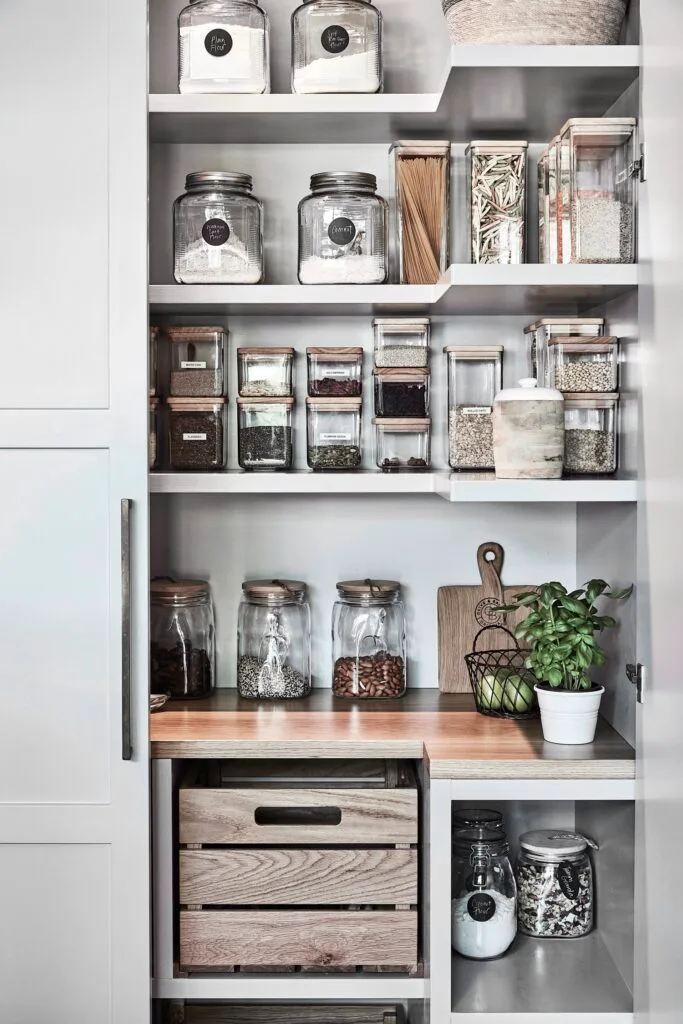
You may even like to personalise your pantry with an organiser wall for recipes, notes and kids’ artworks or a whiteboard or chalkboard to jot down items as you use them up. “I like to add some hooks to hang an apron, tea towels and shopping bags,” Lauren adds. And finally, don’t forget to light the space, be it naturally via a skylight or with LED strip sensor lights that turn on as you open the door.
3. Think outside the box
Many homeowners also opt for additional pantry-type spaces. Think appliance cupboards with power outlets for toasters, kettles, and more, tea or coffee-making nooks concealed behind a roller or retractable door and drink cabinets with glassware and spirits to serve up an evening tipple. “There are so many choices available, and we’re becoming more educated on what we want,” says Lauren. “If you have the room and the vision, the options are endless.”
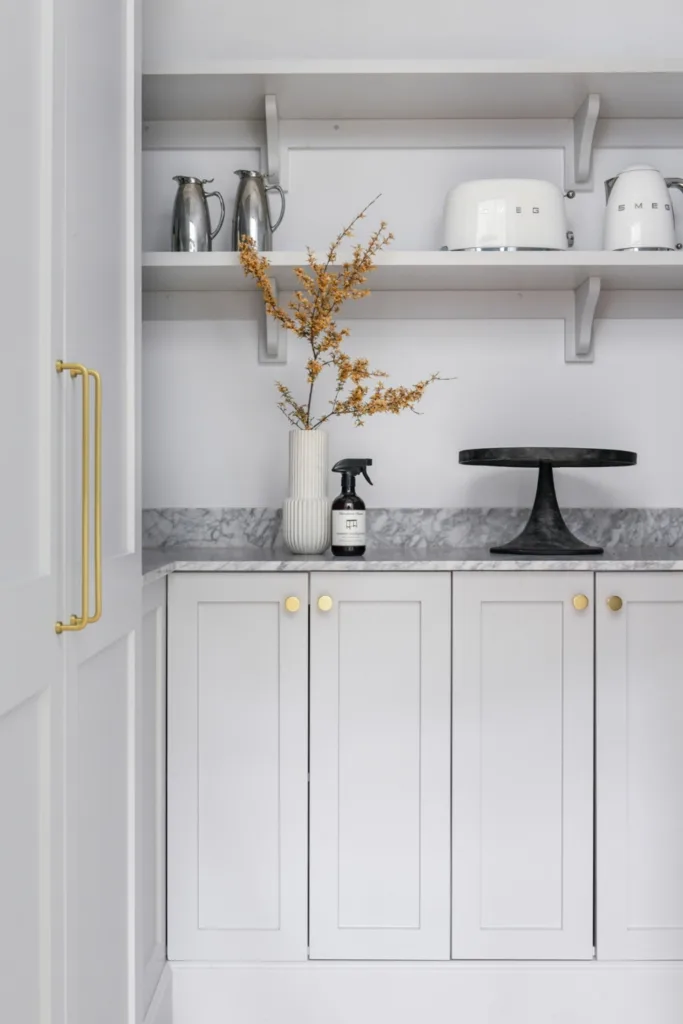
A well-stocked and organised pantry will save you time, money, minimise food waste, and let’s face it, make you feel pretty pleased with yourself. Professional organisers and declutter experts Emma and Michelle from Tidee have these helpful tips:
Clever pantry storage tips
- Create zones for similar items, such as grains, snacks, spices, baking items and so on. Keep frequently used items at eye level, low-use items up top and bulky items down low.
- Decant dry goods into clear, airtight containers – they look great, stack well, keep food fresh for longer and allow you to see what items need replenishing. Label each container and include its use-by date.
- Increase the visibility of small items like canned goods and condiments with some handy accessories. We love a tiered shelf organiser for cans and turntables for easy access to sauces, condiments and spices.
- If your pantry permits, utilise the back of the door as extra storage space. Everything from spices to a roll of paper towels, shopping bags or aprons can be hung from hooks on a door.
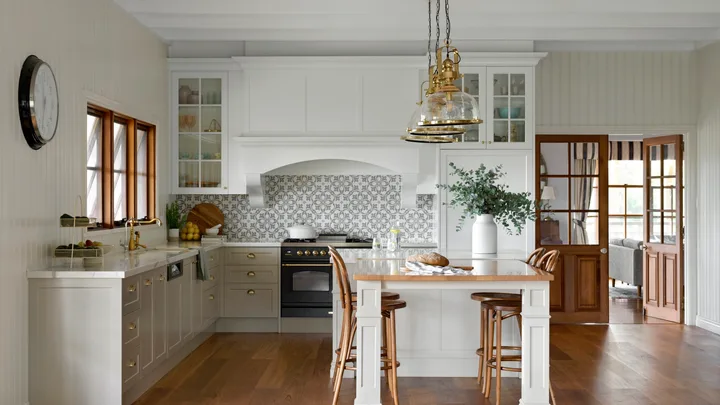 Photography: Mindi Cooke / Styling: Kylie Jackes
Photography: Mindi Cooke / Styling: Kylie Jackes
